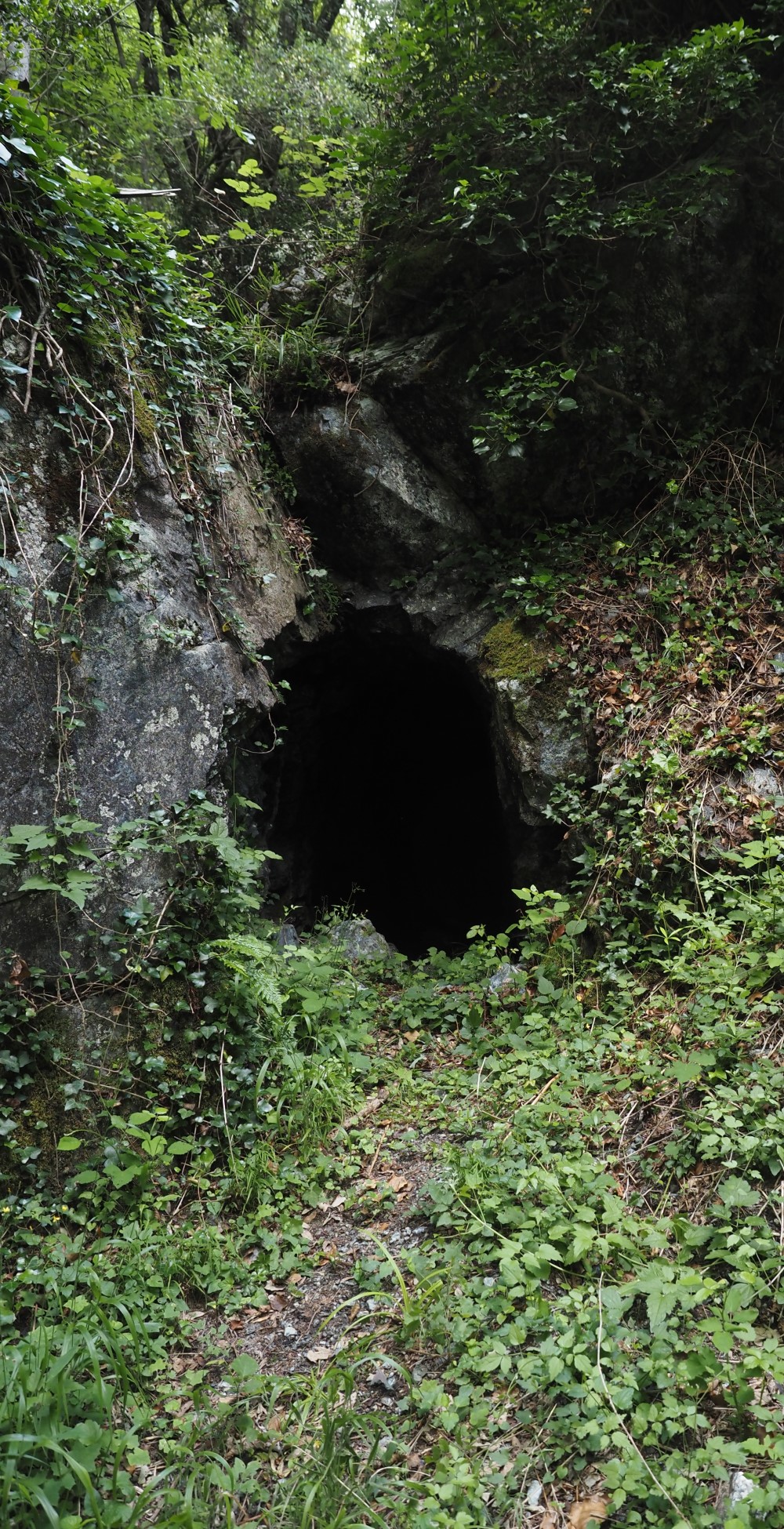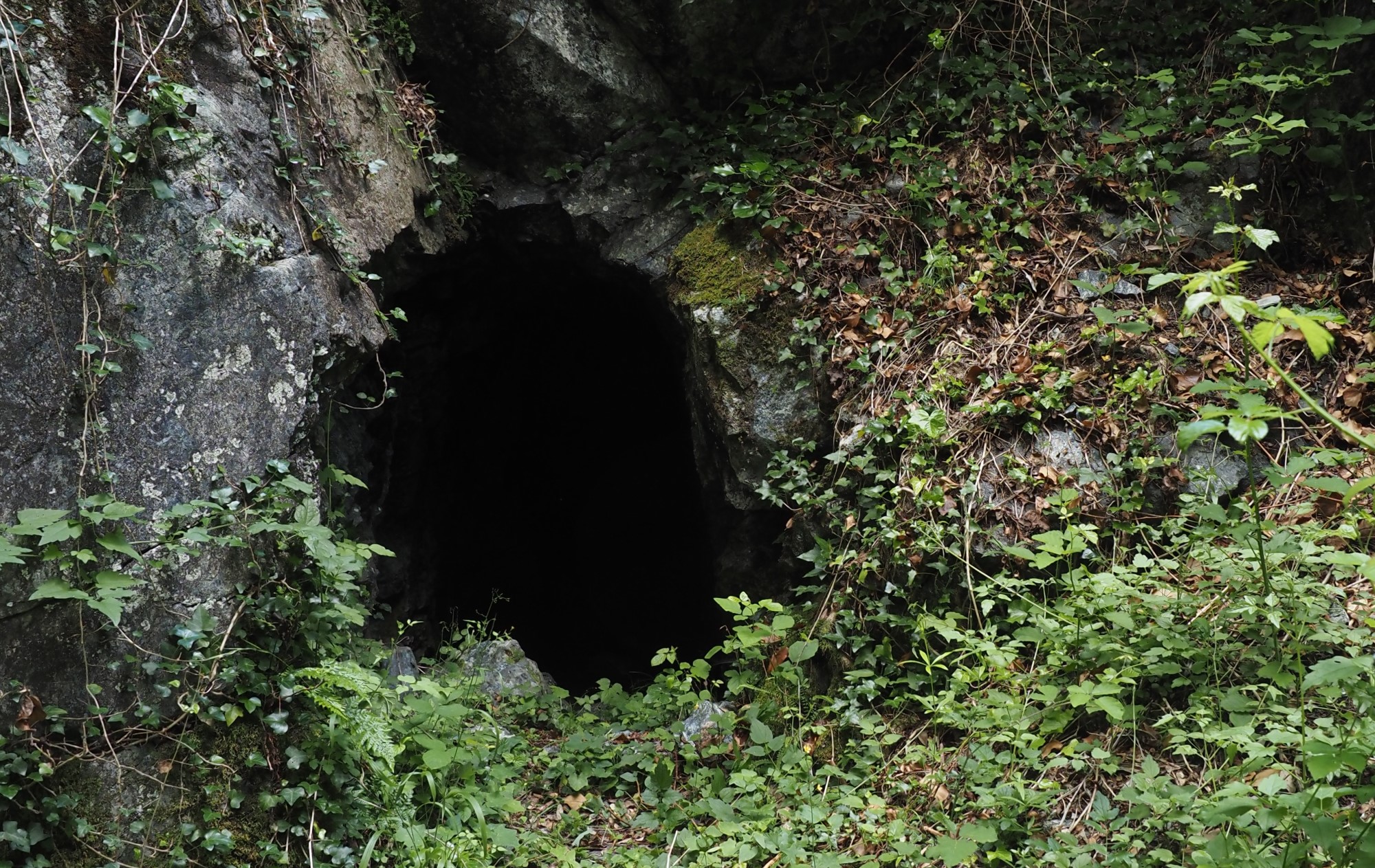
Cave exploration in Tuscany / Italy
In ancient times, some of the most important caves in Italy were in our region. Volterra for example, owed its strong prosperity to its mineral resources and the related mining activity. Indeed, the most important cave in Tuscany was the salt mine of Saline di Volterra. Salt as source of prosperity? Yes, because salt, the white gold, is vital for us humans. As descendants of organisms that swam in the ocean it is essential to us. Hence, salt has become a major ingredient of our diet. However, salt was difficult to obtain. Also, until the invention of the refrigerator, salt was also the best means of preserving food. Salt was so important that it was used as a source of taxation. It was not until 1974 that the state monopoly for the sale of salt in Italy was overturned. Today, the best salt in Italy, with a purity of 99.99%, is extracted in Saline di Volterra.
Mining in ancient times
The Colline Metallifere, i.e. the metal-bearing hills south of Volterra, were to the Etruscans during the Iron Age what the Klondike was to the Wild West during the Gold Rush. However, the difference is that they were not freely accessible to individual adventurers. Instead, mining was under strict control and management by the aristocracy of Volterra. There are quite some tiny shafts in the forests of the Colline Metallifere dated to that period. They can be visited in the Parco dei Pozzini near Massa Marittima and its Museo della Miniera. Also, close to holiday home Podere Palazzone, similar caves can be found, abandoned and overgrown. Such as, in the Parco Naturale di Monterufoli and in the forest at the foot of Montecastelli.
The Etruscans knew a lot about mining and digging. Indeed, they carved burial chambers into the soft limestone of Tuscany, which are replicas of their homes. One of them is under the Romanesque church of Pomarance. Another is freely accessible in the fields behind Pomarance. Those in the extensive Parco Archeologico of Populonia are worth to be on your things to see list.
Medieval mining and speleology
A vivid insight into the history of mining up to the last century is provided by the disused, copper mine at Montecatini near Volterra. It has been converted into a very interesting museum complex. On the other side, a touch of adventure can be experienced at the Parco Archeominerario di San Silvestro. There, after walking through the tunnels and crossing them in old mine cars, you can visit the medieval castle of San Silvestro enjoying a wonderful view over the Maremma. One of the longest but above all the most spectacular stalactite cave in Italy is the Grotta del Vento. A must for all amateur speleologists. There, visitors are guided through the mountain for several hours via narrow winding staircases descending shafts 30 meters deep.

Cave exploration in Tuscany / Italy
The white gold
In ancient times, some of the most important caves in Italy were in our region. Volterra for example, owed its strong prosperity to its mineral resources and the related mining activity. Indeed, the most important cave in Tuscany was the salt mine of Saline di Volterra. Salt as source of prosperity? Yes, because salt, the white gold, is vital for us humans. As descendants of organisms that swam in the ocean it is essential to us. Hence, salt has become a major ingredient of our diet. However, salt was difficult to obtain. Also, until the invention of the refrigerator, salt was also the best means of preserving food. Salt was so important that it was used as a source of taxation. It was not until 1974 that the state monopoly for the sale of salt in Italy was overturned. Today, the best salt in Italy, with a purity of 99.99%, is extracted in Saline di Volterra.
Mining in ancient times
The Colline Metallifere, i.e. the metal-bearing hills south of Volterra, were to the Etruscans during the Iron Age what the Klondike was to the Wild West during the Gold Rush. However, the difference is that they were not freely accessible to individual adventurers. Instead, mining was under strict control and management by the aristocracy of Volterra. There are quite some tiny shafts in the forests of the Colline Metallifere dated to that period. They can be visited in the Parco dei Pozzini near Massa Marittima and its Museo della Miniera. Also, close to holiday home Podere Palazzone, similar caves can be found, abandoned and overgrown. Such as, in the Parco Naturale di Monterufoli and in the forest at the foot of Montecastelli.
The Etruscans knew a lot about mining and digging. Indeed, they carved burial chambers into the soft limestone of Tuscany, which are replicas of their homes. One of them is under the Romanesque church of Pomarance. Another is freely accessible in the fields behind Pomarance. Those in the extensive Parco Archeologico of Populonia are worth to be on your things to see list.
Mining in the Middle Ages and speleology
A vivid insight into the history of mining up to the last century is provided by the disused, copper mine at Montecatini near Volterra. It has been converted into a very interesting museum complex. On the other side, a touch of adventure can be experienced at the Parco Archeominerario di San Silvestro. There, after walking through the tunnels and crossing them in old mine cars, you can visit the medieval castle of San Silvestro enjoying a wonderful view over the Maremma. One of the longest but above all the most spectacular stalactite cave in Italy is the Grotta del Vento. A must for all amateur speleologists. There, visitors are guided through the mountain for several hours via narrow winding staircases descending shafts 30 meters deep.
























